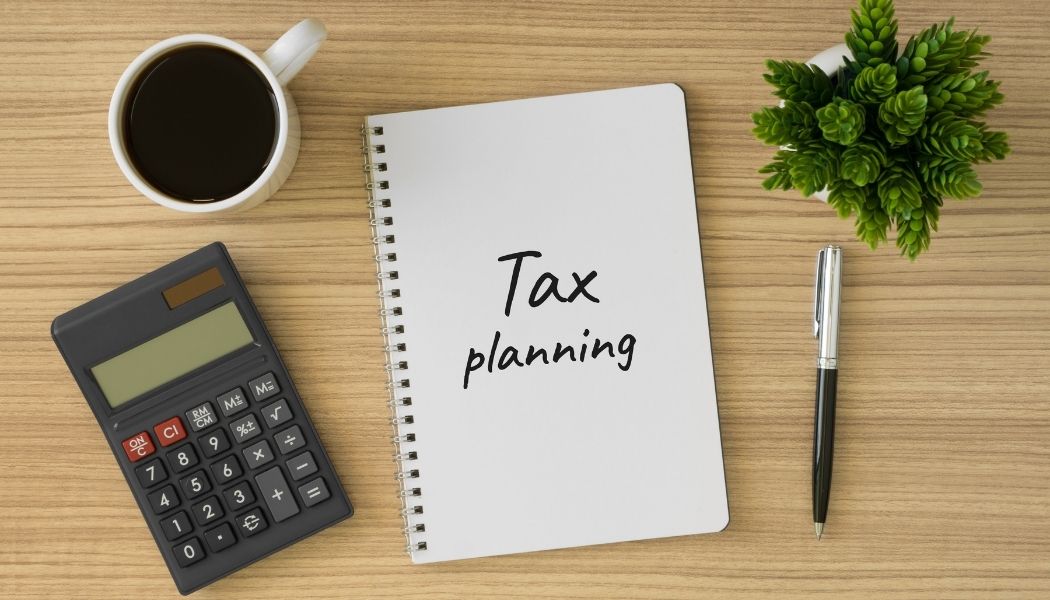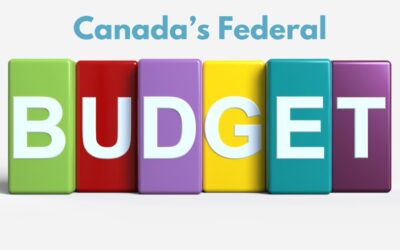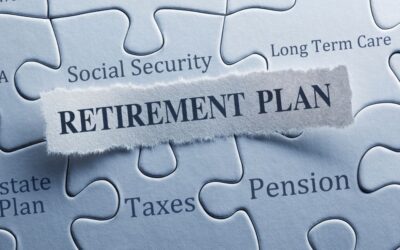If I had a dollar for every time I’ve said that tax planning shouldn’t just come in April when it’s time to submit our income taxes. It’s a practice that should be ongoing and especially reviewed once you’ve filed your previous year’s taxes and received your Notice of Assessment.
So what’s involved in tax planning?
It sounds so daunting… but really it’s just reviewing your previous year’s tax situation, and your current year’s expected income and expenses, and seeing if anything needs to happen to relieve some of your expected income tax. Of course, we can’t know everything mid-year, but sometimes a little preparation in advance can go a long way.
For example, if you know you may need to make a lump sum RRSP contribution for this year, but don’t necessarily want to tie up your money if you don’t have to, look at utilizing a different investment strategy such as a TFSA (if contribution limits allow), or a non-registered investment account. You can be tucking money away each month with flexibility, and then come January 2022, we can do a quick calculation to see what may be needed in RRSP dollars to offset your taxes, only taking from your flexible investment what’s needed and leaving the rest there to continue growing.
Why does this work and who is it ideal for?
Tax planning should happen for anyone who usually has to pay something at tax time. If you’re self-employed, definitely. If you’re an employee without other tax deductions, let’s talk.
And simply just changing some old habits. If you’re like me and not keen on tieing all your regular dollars up in an RRSP, the above strategy allows you to only put in what’s needed for the tax year. In terms of your overall retirement planning, you always want to have taxable and non-taxable income sources (CHECK!), and it allows you to be putting money away monthly so you’re not having to come up with a larger sum at RRSP top-up time (CHECK!) so you can take advantage of Dollar Cost Averaging (the practice of investing regularly so that you’re buying at different market values, ultimately maximizing your long-term return – CHECK!).
How to get started
Grab the following to have handy for our discussions, most available on your CRA My Account:
- your recent tax return
- your recent Notice of Assessment
- your current RRSP Contribution Room
- your current TFSA Contribution Room
Investment strategies like this one are just one of the many tools in the tax planning arsenal, so don’t shy away from some active tax planning ESPECIALLY if you usually have to pay or contribute a top-up to your RRSP to breakeven.





0 Comments